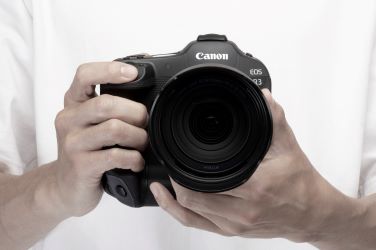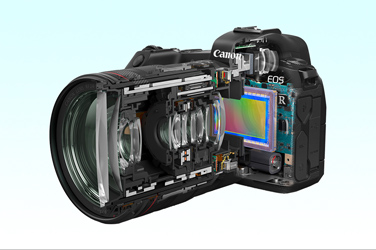Canon’s Fast & Intelligent Top-of-the-Line Mirrorless Camera
EOS R1
Developed to deliver outstanding performance and reliability, the EOS R1 is the first flagship model in Canon’s EOS R mirrorless camera series. Filled to the brim with top-tier capabilities and the most advanced technologies of the time to enable professional photographers to shoot dependably even in harsh conditions, it promises a game-changing new shooting experience.
December 16, 2024
















